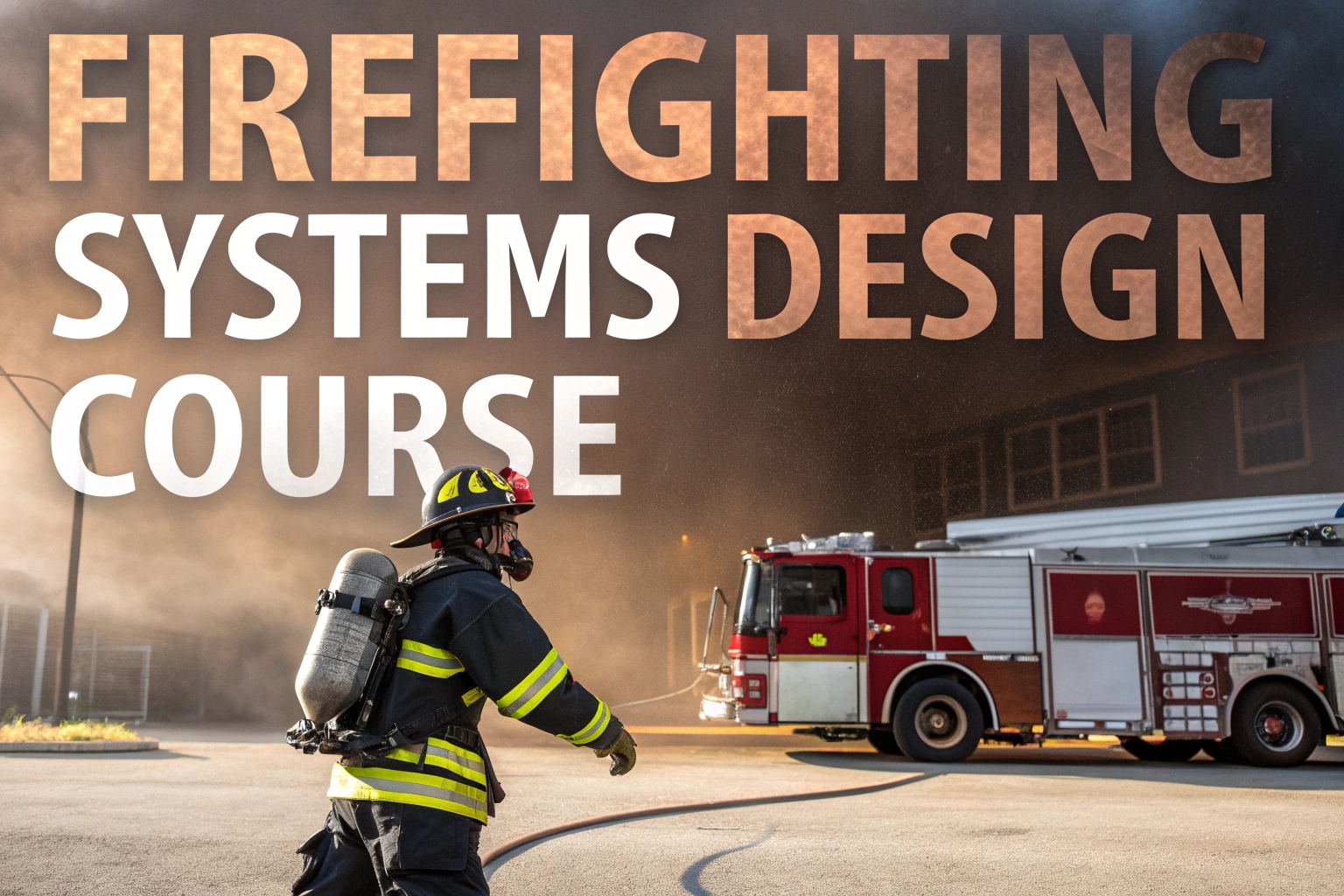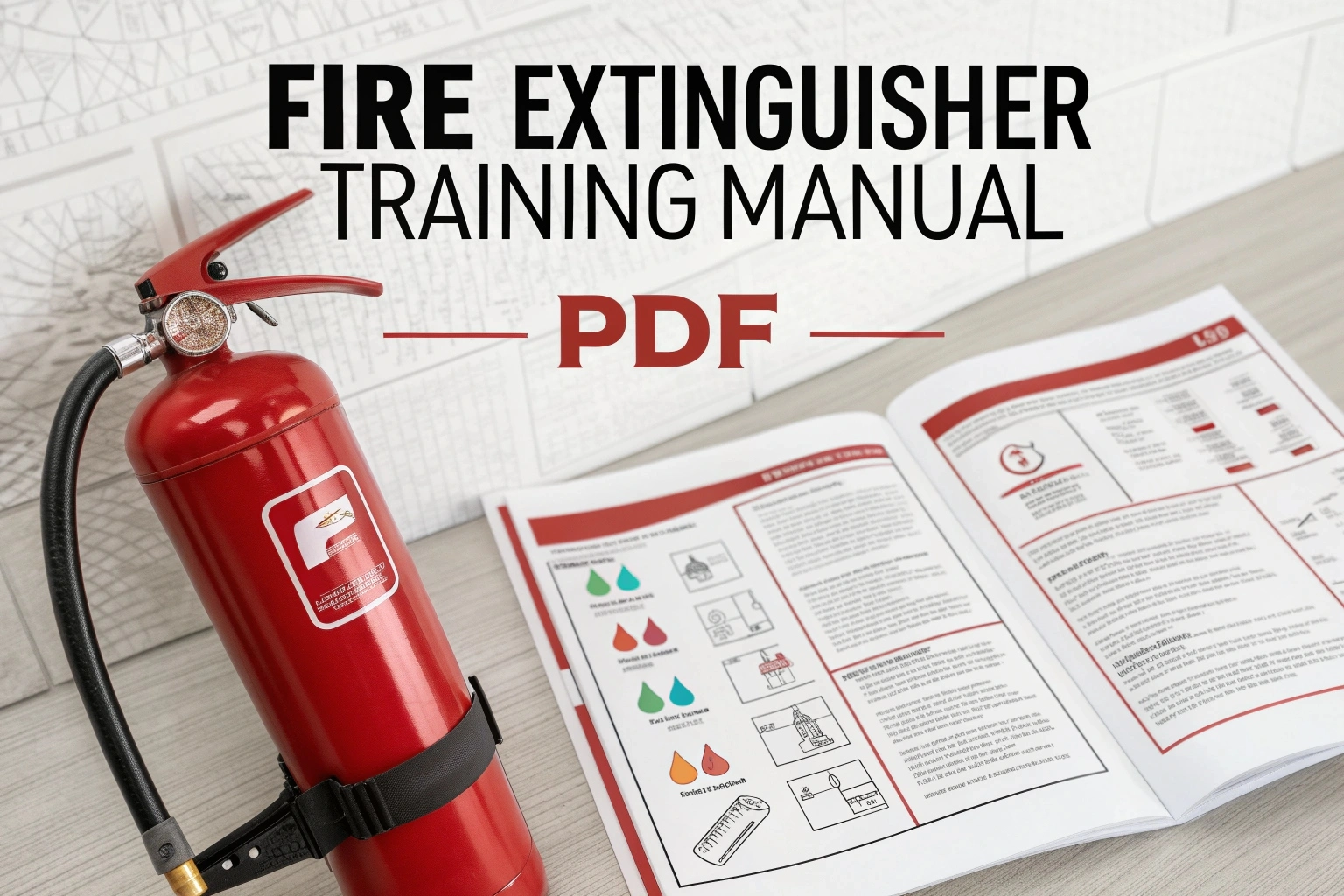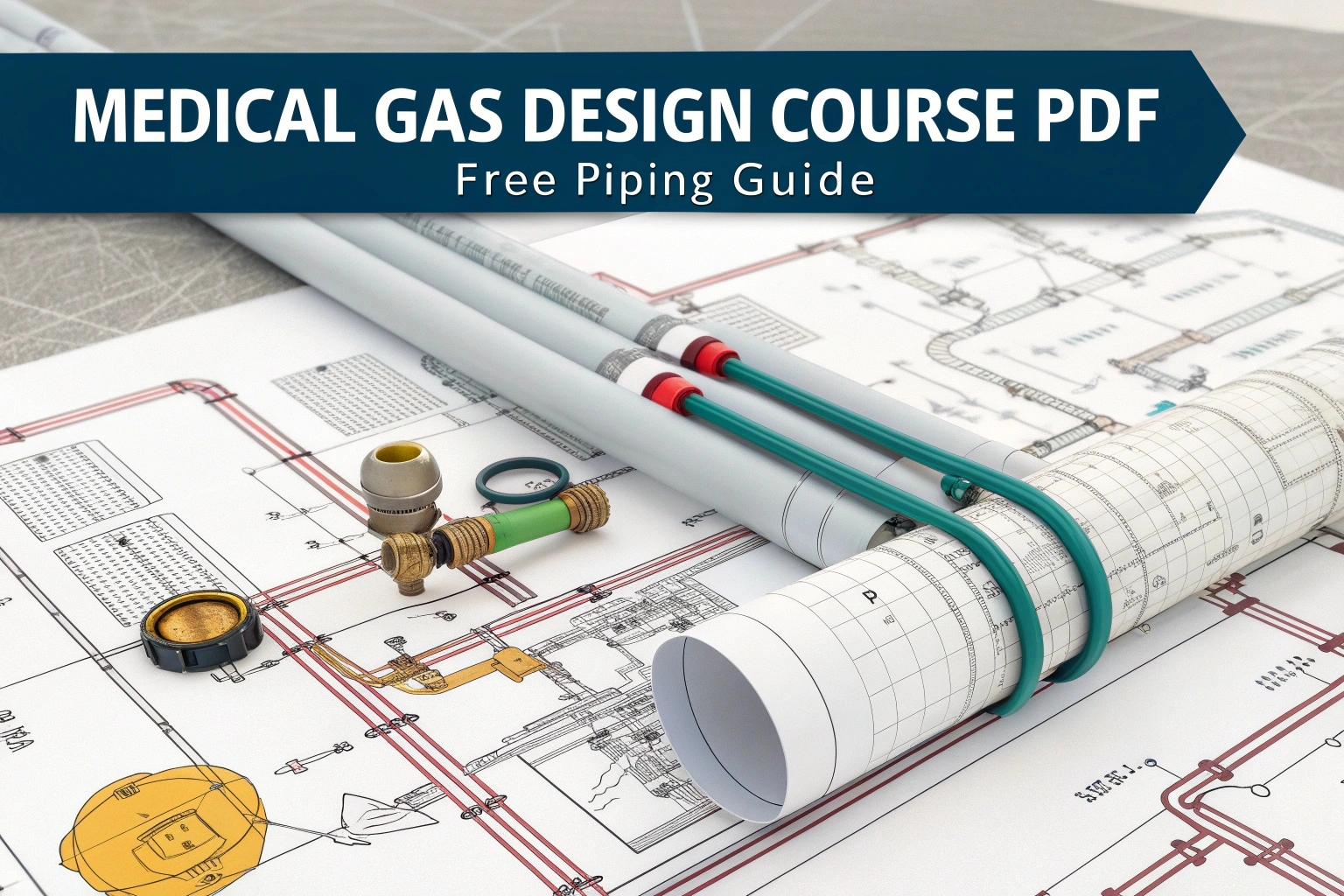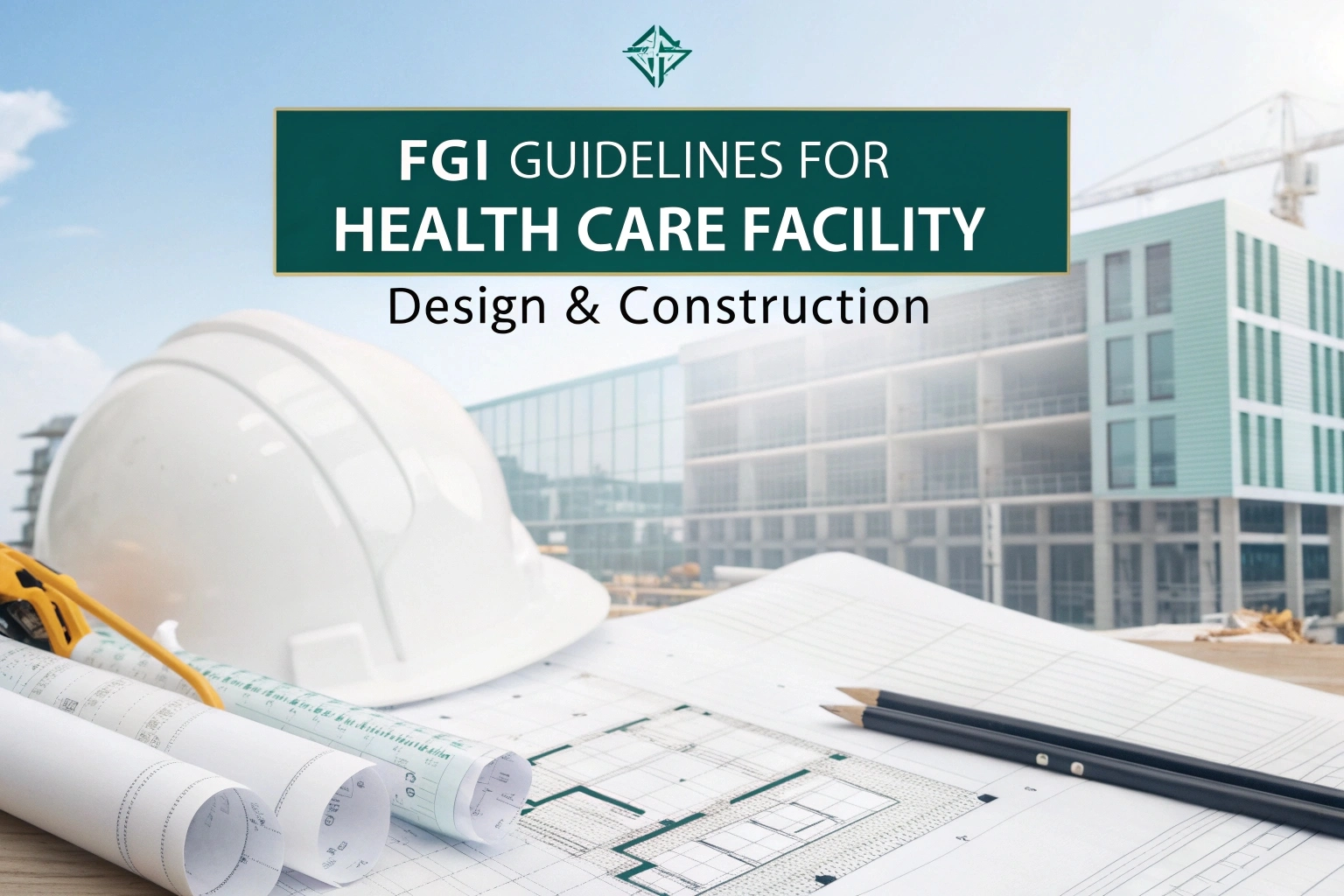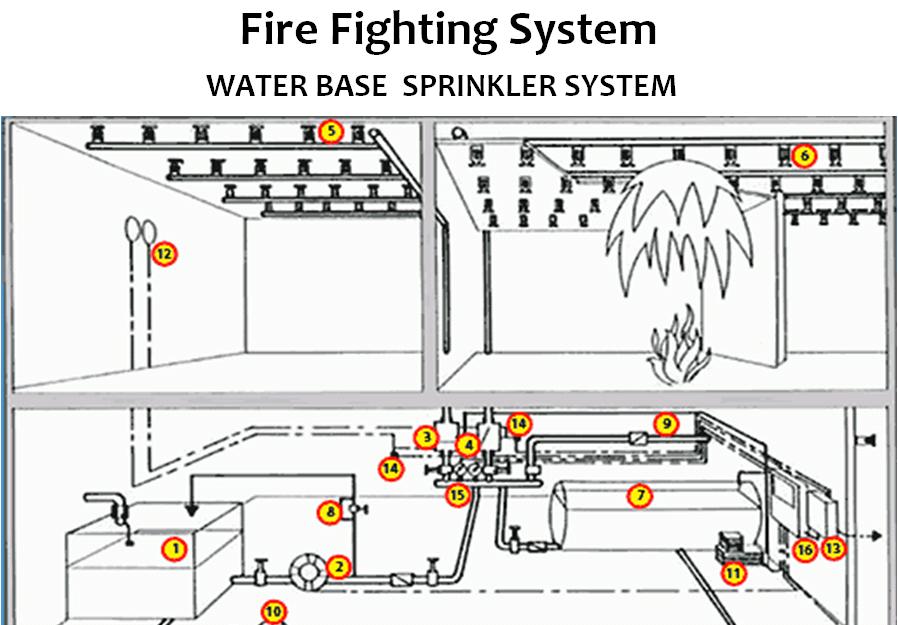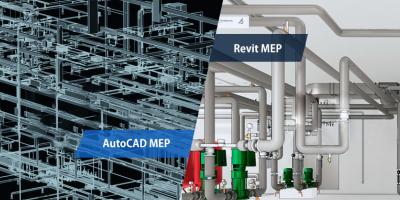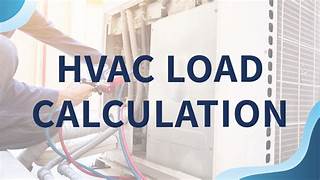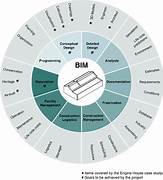Be it residential, commercial, or industrial, fire safety is an absolute priority in today’s world. With increasing awareness and strict government regulations, the scope of skilled fire system designers is growing day by day. A Firefighting Systems Design Course is the first necessary step for any individual who wants to master the principles of fire protection systems and design the same to meet safety standards.
This course provides students with a firm understanding of fire behavior and fire dynamics, hazard identification, and risk assessment. Knowledge of fire spread forms the basis for the design of effective systems for its control and extinguishing in a very short period of time. You’ll also learn about critical components of firefighting systems, including sprinklers, hydrants, pumps, fire alarms, detectors, and suppression systems.
Hydraulic calculations
Hydraulic calculations are an essential part of the curriculum. A designer has to compute the exact pressure and flow demands in order to allow a system to function as it is intended. You learn to calculate pipe sizes, pump capacities, sprinkler spacing, and the water tank’s needs. All these calculations are indispensable in fire protection, using national and international fire codes.
In addition, many courses integrate software training. Today’s buildings rely on software like AutoCAD and Revit when it comes to preparing layout drawings of floor plans, as well as the schematics of the systems. You will be actively engaged in the creation of detailed drawings, route piping, equipment selection, and the development of an overall fire protection plan. The confidence you’ll get from such practical knowledge puts you in a good place when handling real projects.
Also, expect to learn about the regulations regarding fire safety. Understanding standards like NFPA, NBC, and other local codes will be important in this process so that every design one makes is functional, safe, and compliant with the regulations. Though it might be difficult for some, the course will break it down into manageable, understandable parts.
By the end of the course, you will have developed the skills required to design sprinkler systems, hydrant systems, clean agent systems, fire pump rooms, and alarm networks. You’ll also study installation practices and testing procedures that round out your training and get you job-ready. These qualifications will enable you to work with MEP companies, fire protection contractors, or safety departments in any type of industry. Many successful students also freelance in design work, with great flexibility and very strong earning potential. Since each new building requires a fire protection system, this career path presents many opportunities that are consistent and will last a lifetime.

